Exhibition dates: 11th November – 14th December 2014
An exhibition produced by the Musée de l’Elysée, Lausanne, and the Swiss Ministry of Foreign Affairs
Jean Mohr (Swiss, 1925-2018)
Greek children, Strovolos camp planned for 1,600 people, Cyprus, 1974
1974
© Jean Mohr, Musée de l’Elysée
It’s always the women and children that suffer.
Marcus
.
Many thanxk to the Musée de l’Elysée, Lausanne and the Moscow Manege for allowing me to publish the photographs in the posting. Please click on the photographs for a larger version of the image.
Jean Mohr (Swiss, 1925-2018)
Bullet-holes in a façade, Cyprus, 1974
1974
© Jean Mohr, Musée de l’Elysée
Jean Mohr (Swiss, 1925-2018)
Palestinian refugees camp, Gaza, 1979
1979
© Jean Mohr, Musée de l’Elysée
Jean Mohr (Swiss, 1925-2018)
Portrait of a Greek refugee, Larnaca, Cyprus, 1976
1976
© Jean Mohr, Musée de l’Elysée
Jean Mohr (Swiss, 1925-2018)
Young Mozambican refugee, Nyimba camp, Zambia, 1968
1968
© UNHCR / J. Mohr
Jean Mohr (Swiss, 1925-2018)
Young Mozambican refugee who gave birth at the Lundo clinic, Tanzania, 1968
1968
© HCR/J.Mohr
Jean Mohr (Swiss, 1925-2018)
School, Kyangwali camp, Uganda, 1968
1968
© Jean Mohr, Musée de l’Elysée
Jean Mohr (Swiss, 1925-2018)
A camp of 300 tents for 1,400 refugees, Lefkaritis, near Lamaca, Cyprus, 1974
1974
© HCR/J.Mohr
War from the Victims’ Perspective, Photographs by Jean Mohr
Early on, Jean Mohr sought to understand and explain the drama of civilians trapped in belligerent situations. His reportages are the result of decades of experience, which saw a ICRC and UNRWA (United Nations Relief and Works Agency for Palestine Refugees in the Near East) delegate transform himself into a full-time photographer, after a spell at an academy of painting.
More than 80 exhibitions worldwide have been dedicated to his work, including two at the Musée de l’Elysée in Lausanne that holds his collection. In 1978, at Photokina (Frankfurt’s major Photography Fair), Jean Mohr was awarded the prize for the photographer who had most consistently served the cause of human rights. He is one of the best representatives of humanist photography, masterfully balancing sensitivity and rigour, emotion and reflection, art and documentary evidence.
The exhibition addresses the issues of victims of conflicts, refugees and communities suffering from war and still under potential threat. It focuses on the emblematic cases of Palestine, Cyprus, and Africa. Other examples illustrate the universal problems of populations directly or indirectly enduring repercussions of war (in Iran, Pakistan, Nicaragua…).
Palestine, its refugee camps, precarious sanitary conditions, and the Gaza stalemate, whilst being the subject of major media attention, is a case worthy of reconsideration. It needs to be regularly re-explained and repositioned in the context of the Israeli-Arab conflict. The case of Cyprus serves as a reminder that the refugee problem still remains an issue for certain members of the European Union. Several hundreds of thousands of people were forced into exile. Africa too needed to be addressed, as the post-colonial conflicts forced millions into displacement. The fragility of these States, outlined as they are by inherited colonial borders, regularly fuels turmoil which leads to humanitarian crises. The refugee problem is present throughout the continent.
Focussing upon these three geographical regions presents the problem of war victims in an historical setting classified by theme: “Portraits of Exile”, “The Children’s Diaspora”, “Temporary Landscapes”, and “Life Goes On”. These photographs render a face to the casualties and retrace the steps of their displacement, from their settlement in the precariousness of the camps and reception centres to their attempts to adapt to an enduring situation.
Portraits of Exile
Featuring portraits of refugees from different countries and cultures, the first section gives a human face to the impact of conflict.
Temporary Landscapes
The second section deals with the impact that war has on people’s homes. The photos document the displacement process and the precarious settlement of victims in camps, reception centres, mosques and shanty towns.
The Children’s Diaspora
Featuring images that capture the day-to-day lives of war’s youngest victims, this section reveals the gamut of situations faced by child refugees, as well as the many and diverse activities they engage in. Some photos show children attending a medical centre or clinic, while others show them playing, dancing or in class at a temporary school.
Life Goes On
The final section documents how people adapt to temporary situations that stretch out indefinitely. The images illustrate how important the distribution of food and clothing is, as well as documenting efforts to ensure that refugees can continue their schooling and education. This section includes the iconic image of a young Mozambican refugee and her newborn baby in a clinic in Lundo, Tanzania.
Press release from the Musée de l’Elysée
Jean Mohr (Swiss, 1925-2018)
A few days after the Six-Day War, an Israeli officer considers an ICRC proposal, under the gaze of a Palestinian boy, Kalandia village between Jerusalem and Ramallah, 1967
1967
© ICRC / Mohr, Jean
Jean Mohr (Swiss, 1925-2018)
A needs assessment visit to stricken families, Khan Yunis, Gaza, 2002
2002
© ICRC/MOHR, Jean
Jean Mohr (Swiss, 1925-2018)
A needs assessment visit to stricken families, Khan Yunis, Gaza, 2002
2002
© ICRC/MOHR, Jean
Jean Mohr (Swiss, 1925-2018)
A young Mozambican refugee, Muhukuru clinic, Tanzania, 1968
1968
© HCR/J.Mohr
Jean Mohr (Swiss, 1925-2018)
Young Greek refugee, Cyprus, 1976
1976
© Jean Mohr, Musée de l’Elysée
Jean Mohr (Swiss, 1925-2018)
Kurdish refugees waiting for a food distribution, Qatr camp, Mahabad, Iran, 1991
1991
© ICRC/Mohr, Jean
Jean Mohr (Swiss, 1925-2018)
The photographed photographer, Jerusalem, 1979
1979
© Jean Mohr, Musée de l’Elysée
Jean Mohr (Swiss, 1925-2018)
Mozambican refugee at Sunday mass, Lundo installation area, Tanzania, 1968
1968
© UNHCR / J. Mohr
Moscow Manege
Manezhnaya ploschad (Manege Square), 1
Moscow 125009
Opening hours:
Tuesday – Sunday 12.00 – 22.00
Closed Monday

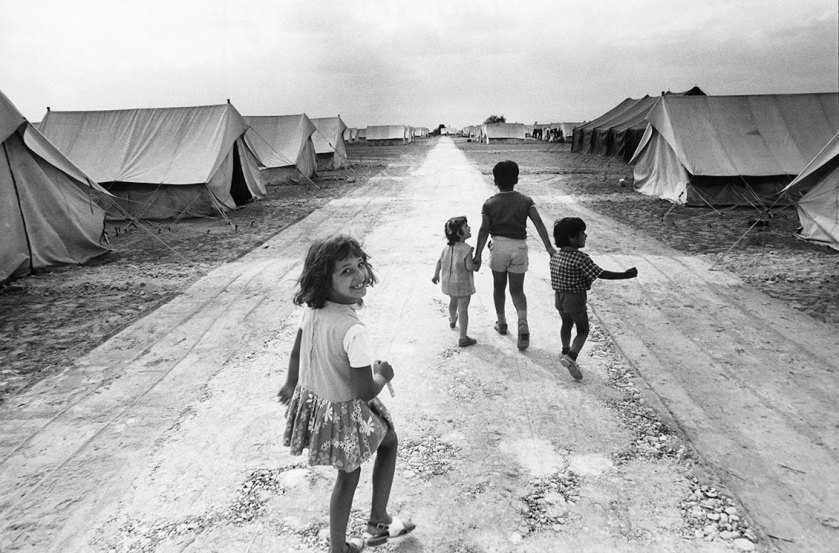

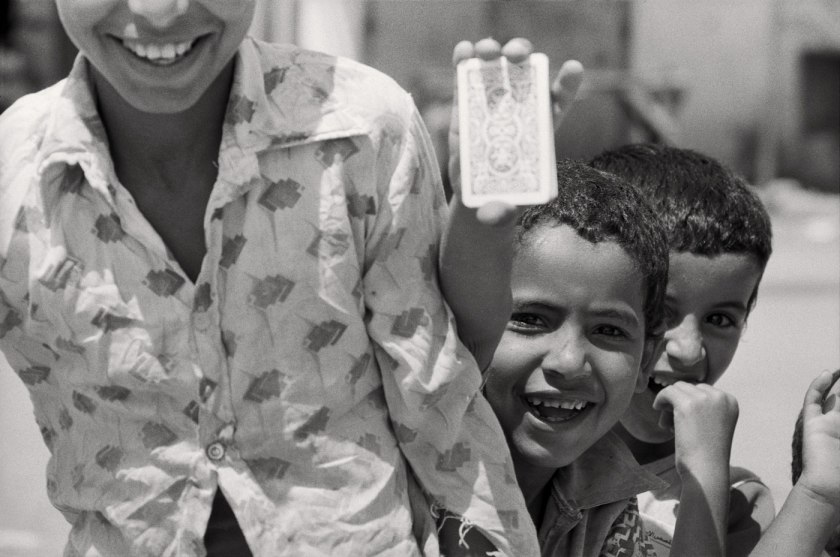
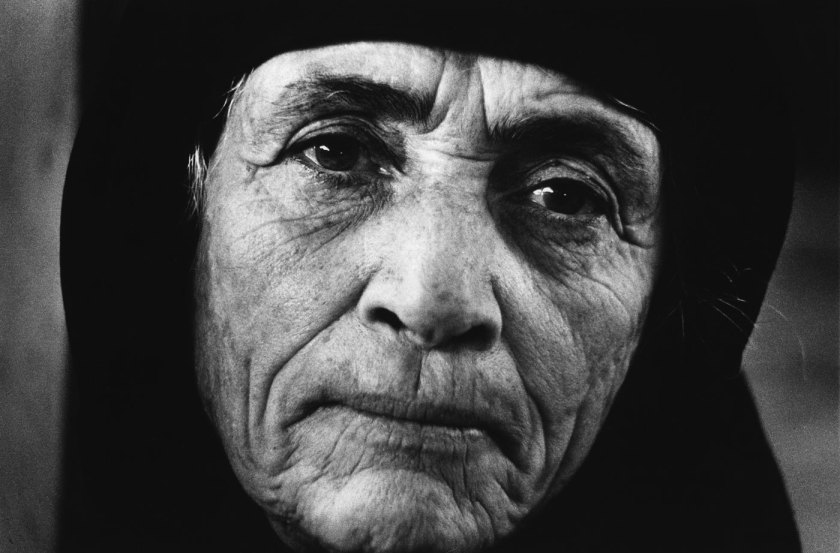
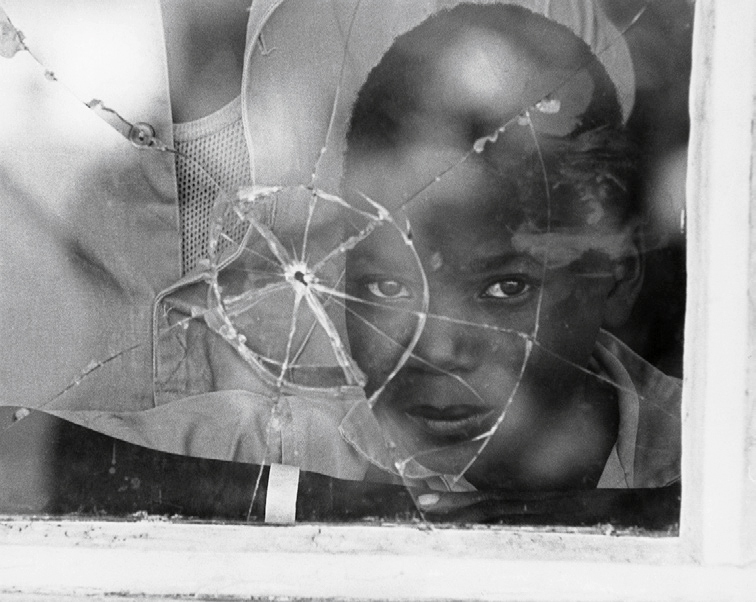
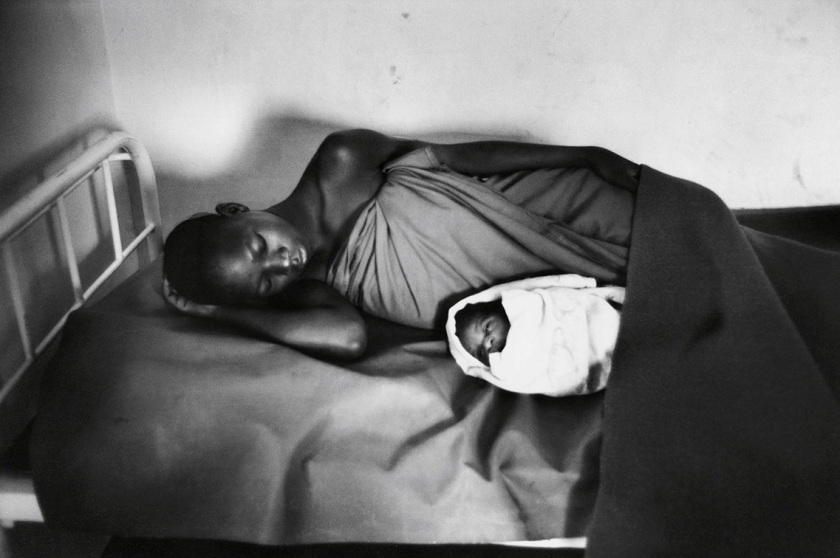
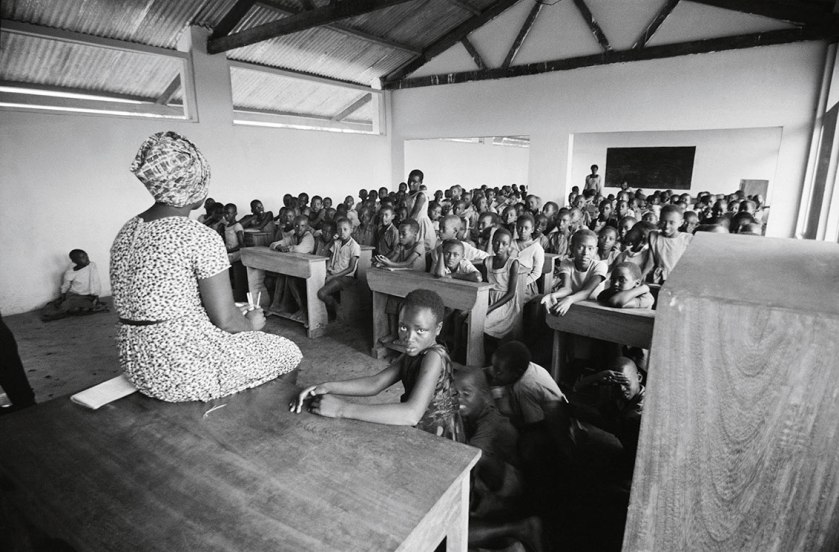
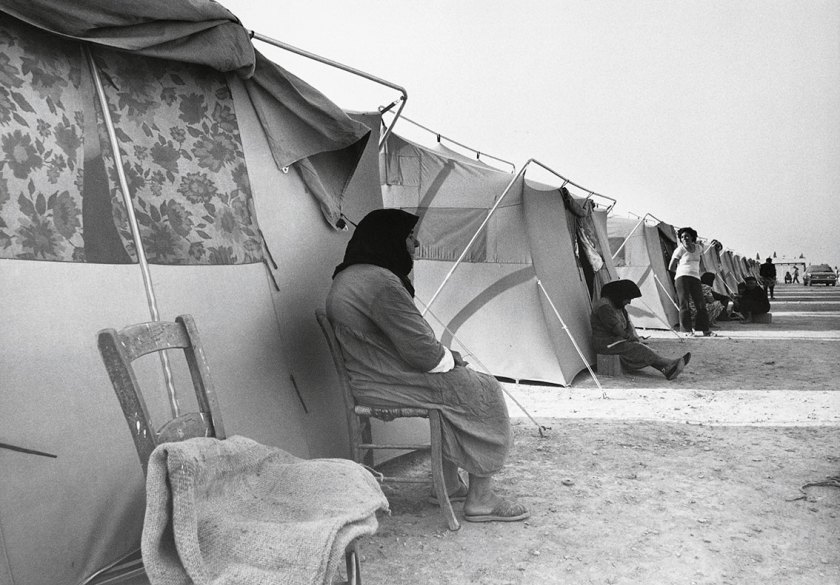
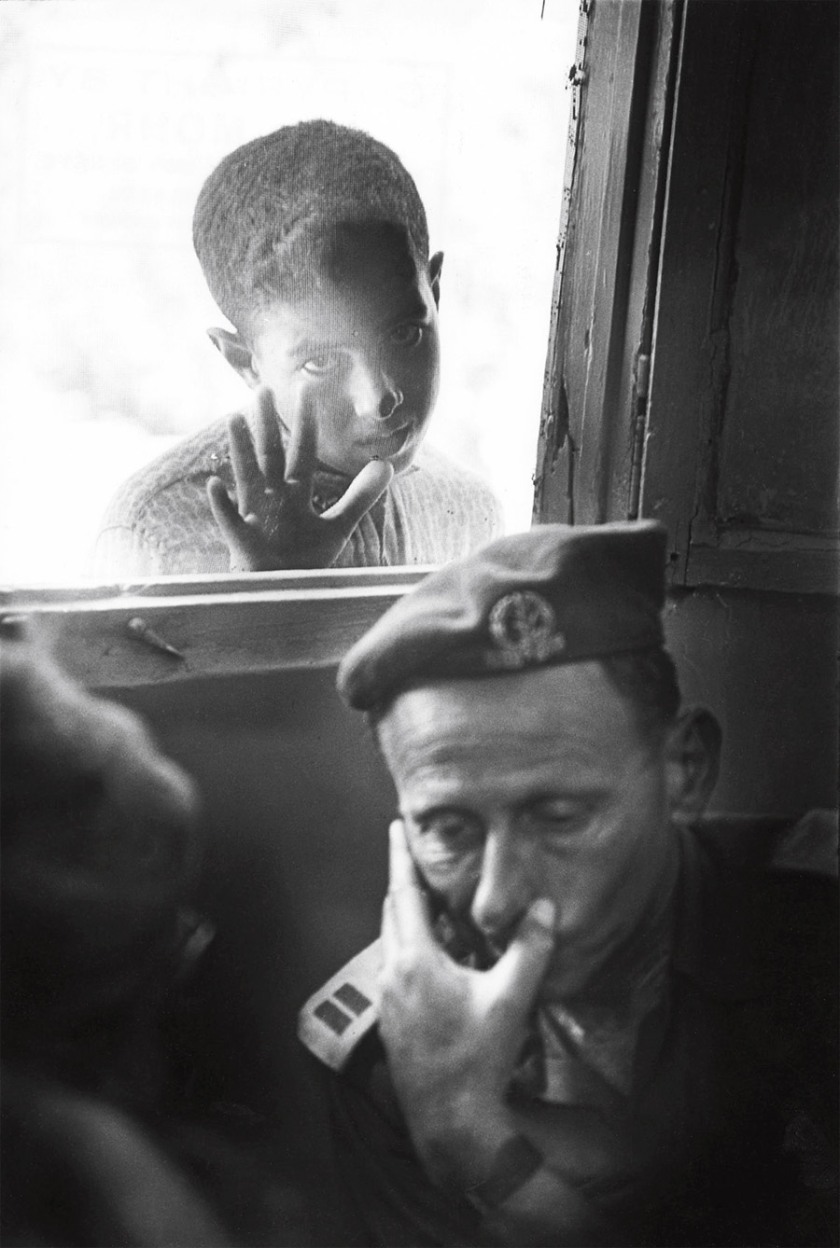
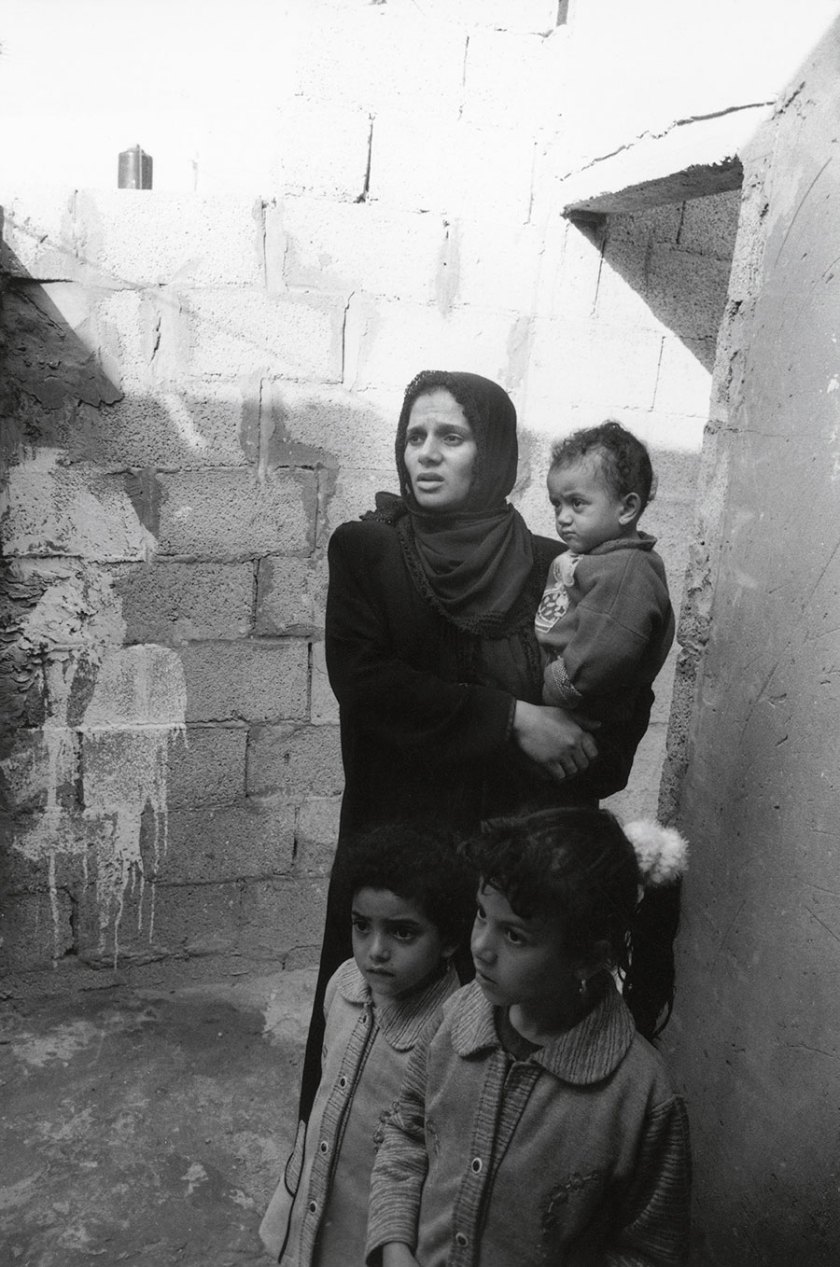

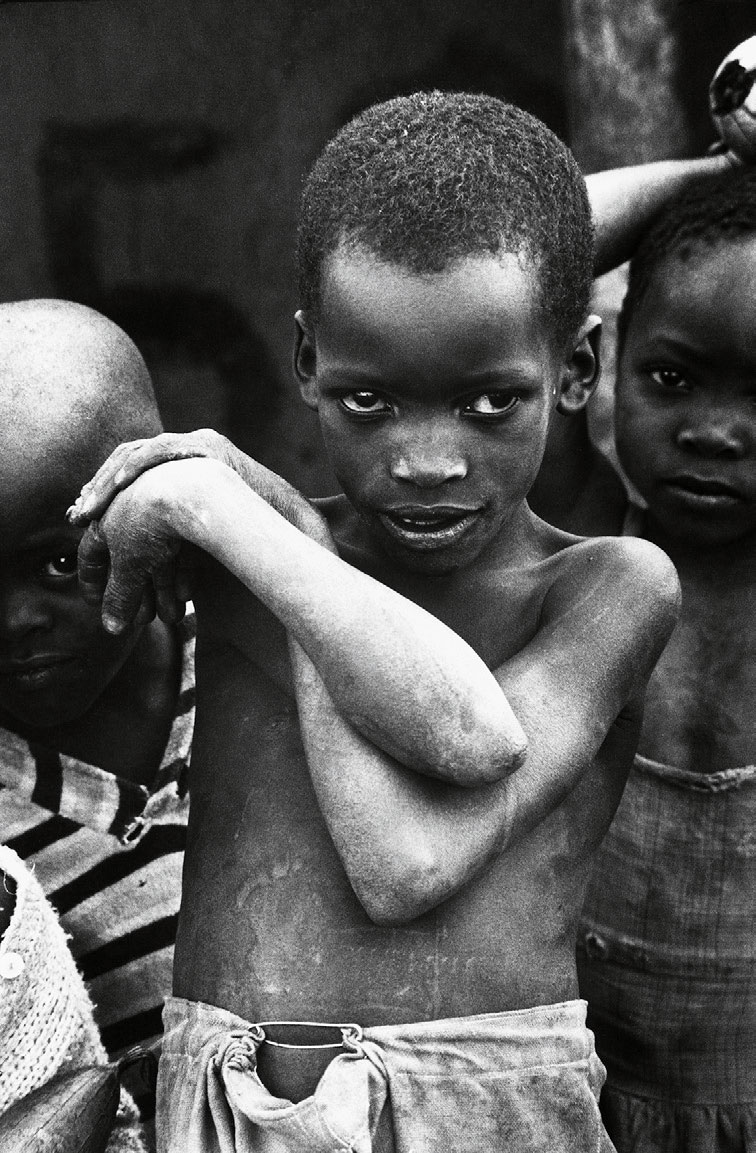
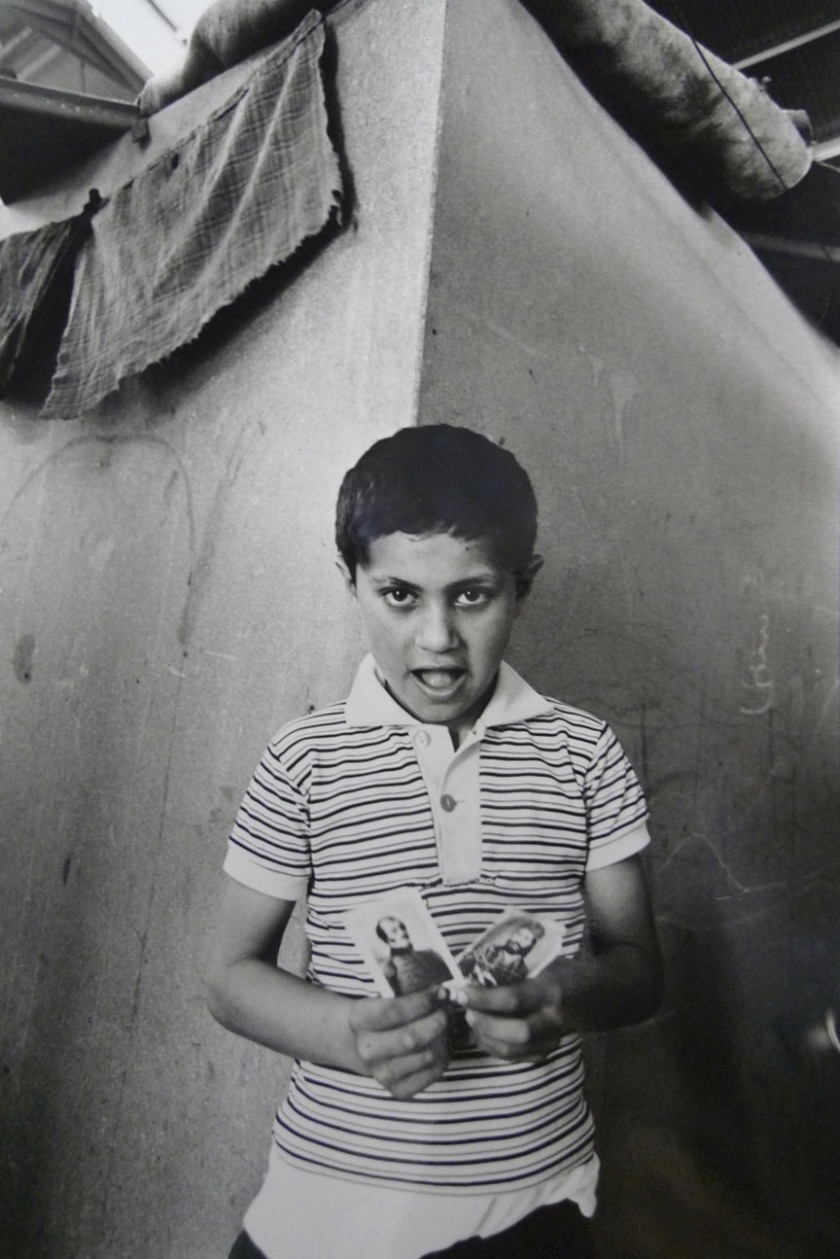
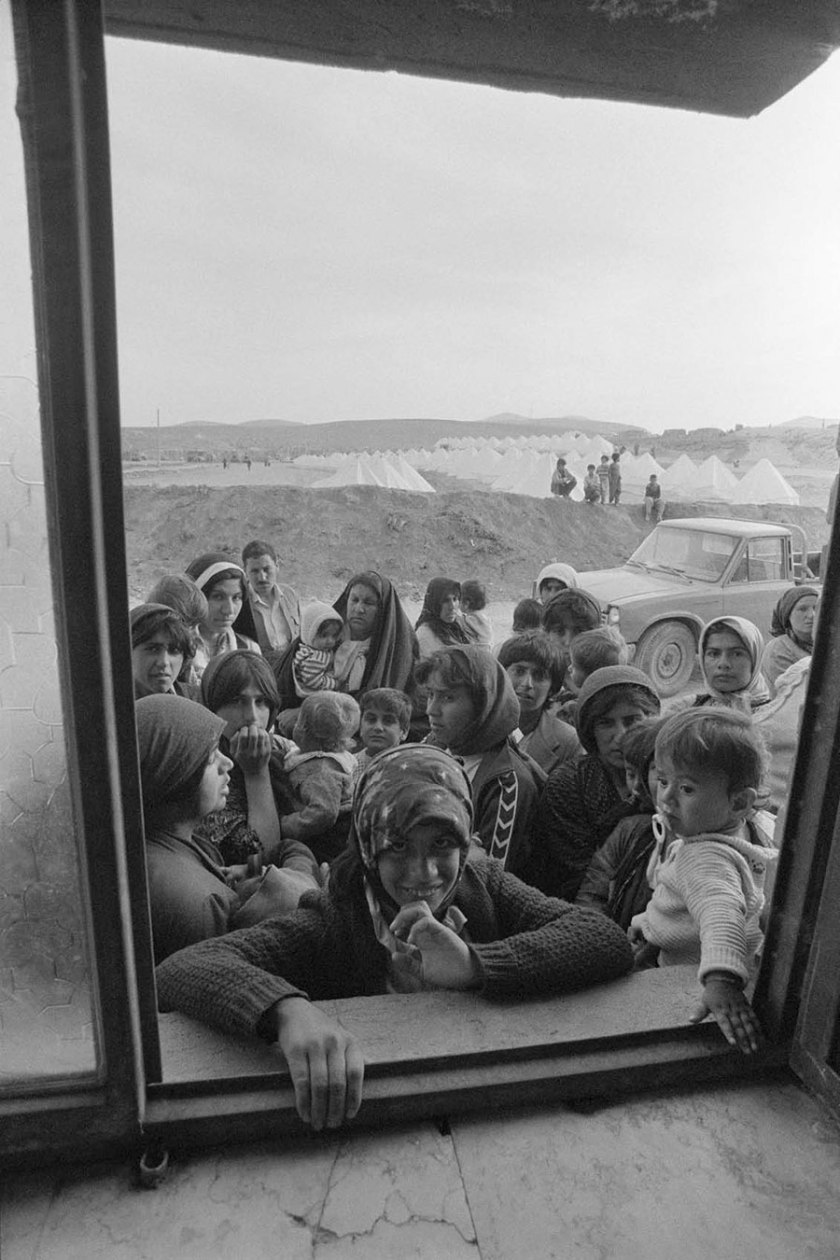
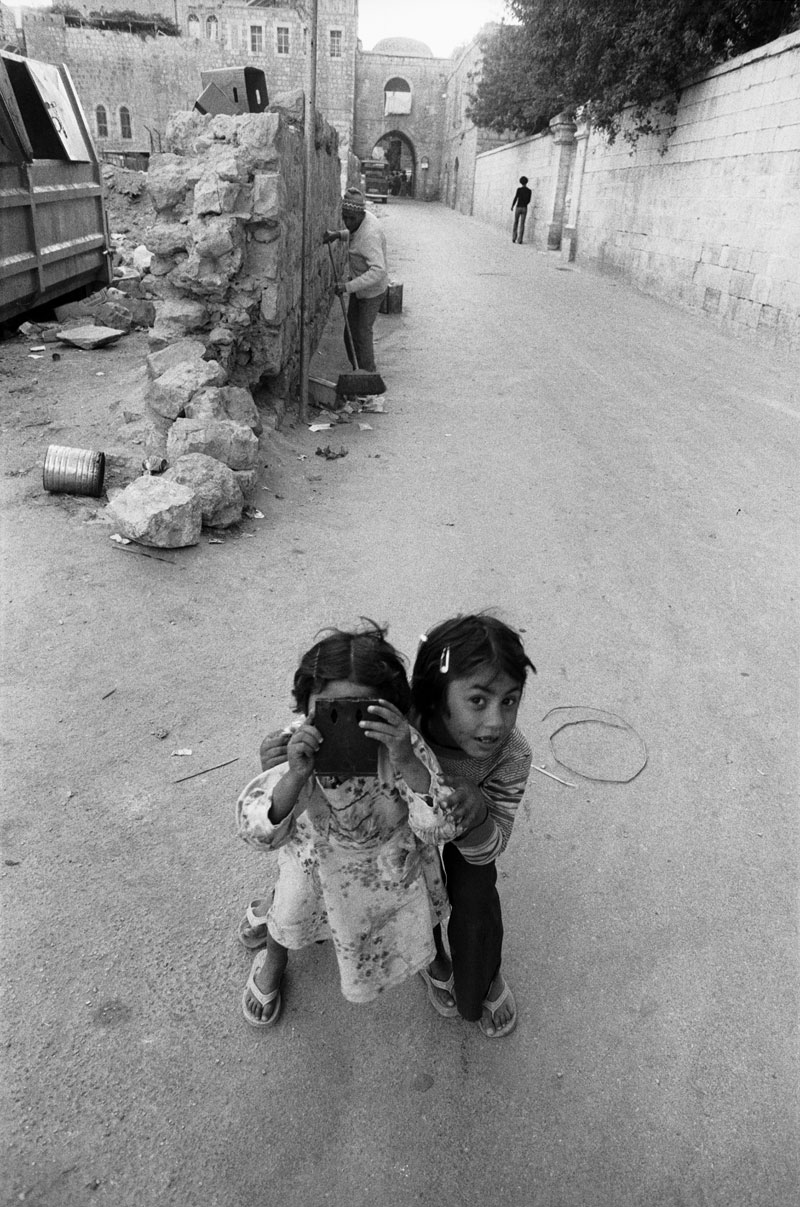
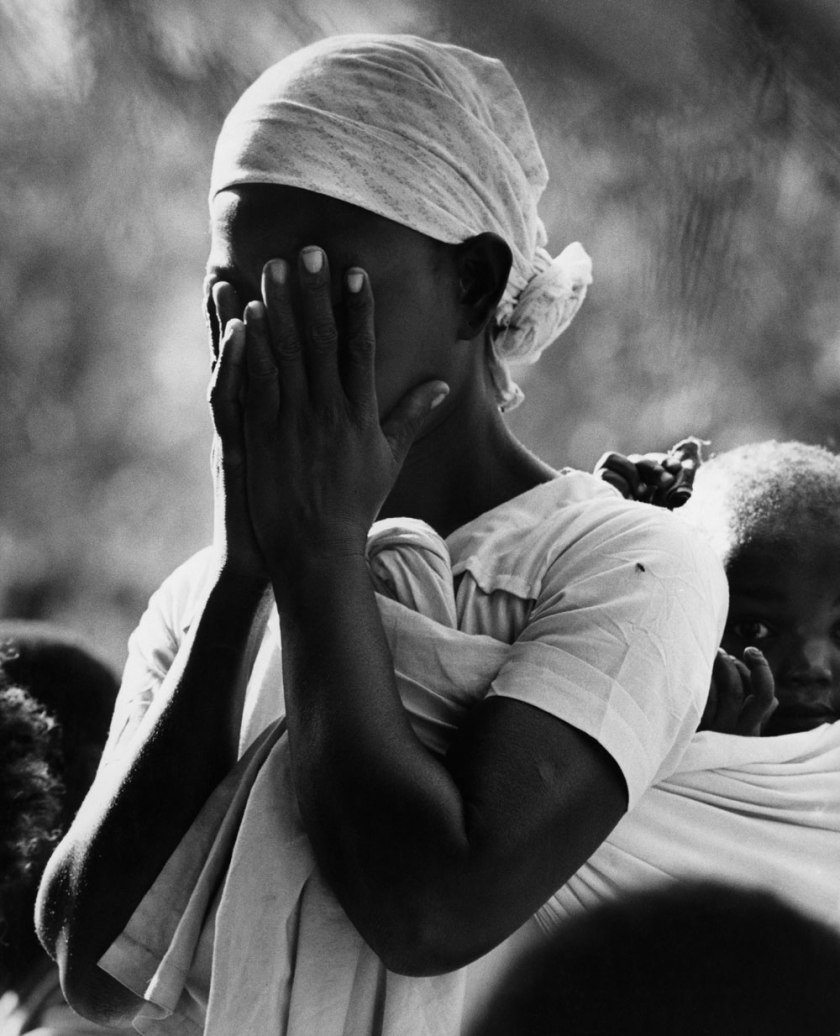
You must be logged in to post a comment.